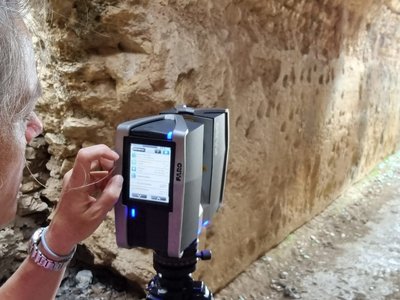

Our recently completed KoEF (Kooperation Entwicklungsforschung/Cooperation Development Research) project, conducted in collaboration with the Austrian Archaeological Institute and the Tunisian National Heritage Institute, has shed light on the secrets of the Zaghouan – Carthage hydraulic complex. This monumental structure, dating back to the 2nd century, has long intrigued scholars and historians.
Through meticulous research and analysis, key aspects of the complex have been uncovered, offering valuable insights into its construction, evolution, and cultural significance over the centuries. From antiquity to modern times, each era has left its mark on this remarkable feat of engineering.
One of the project's significant contributions is its role in laying the groundwork for the preservation and eventual UNESCO recognition of the hydraulic complex. By documenting and studying its various elements, we aim to ensure that this invaluable piece of cultural heritage is safeguarded for future generations to appreciate and admire.
Moreover, the project has prioritized the involvement of young female scientists, fostering their development and contributing to the broader goal of international cooperation and knowledge exchange in the field of archaeology.
